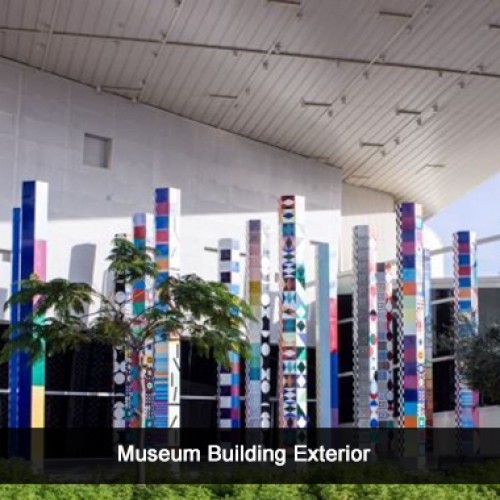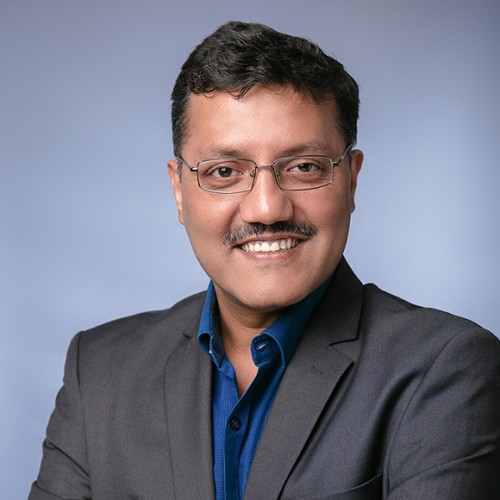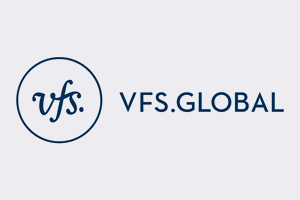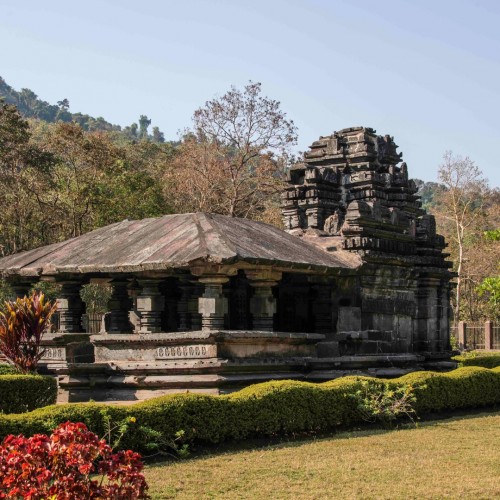Grundfos helping India’s Metro Rails become more energy efficient
Grundfos India a leading manufacturer of pumps, has successfully installed around 100 energy efficient pumping systems for air-conditioning and plumbing applications in five key metro rail projects around the country. These five projects include Chennai Metro Rail Limited, Mumbai Metro Rail Limited, Delhi Metro Rail Limited, Hyderabad Metro Rail Limited and Jaipur Metro Rail Limited.
The transportation sector accounts is a major consumer of energy, around 13% according to UNEP Risø Centre on Energy, Climate and Sustainable Development. Given the growing need and usage of Metros across the country, there is a huge need to provide access to mobility in cities, however ensuring low carbon emissions. The metro rail sector hence has a big opportunity to cut down the emissions by adopting a sustainable approach, one of them being the usage of advanced energy efficient products and solutions.
Given that Grundfos’ advanced energy-saving technology and high efficiency pumps can reduce the average pump’s energy consumption by up to 60%, these Metro Rail projects chose to opt for Grundfos. The company offers pumps that help in reduction of life-cycle cost with high-efficiency and reliability. Grundfos made sure that every requirement for the metro rails were met especially in terms of product design, compatibility, superior technology, factory mounted tested and certified system, service support and for easy operation. The pumps installed at these metro rail projects are:
· Grinder pumps (SEG series): Grundfos grinder pumps (SEG) are specifically designed for areas with no sewer systems or areas where gravitation systems are unsuitable. The high discharge pressure enables transfer of effluents and sewage over longer distances to the public sewer or sewage treatment plant.
· Dewatering pumps (DPK and DWK series): DWK/DPK are excellent pumps for dewatering and draining applications. The combination of compact design with high-pressure capability makes the pumps suitable for use in pits, whether for temporary or fixed installation.
· Submersible pumps (SP series): Grundfos submersible pumps are renowned for their high efficiency and reliability throughout the range. They are ideal for groundwater supply to waterworks, groundwater lowering and pressure boosting.
You might also like
Turkish Airlines ensures the absolute customer satisfaction by delivering personalized experiences to its global travelers.
The flag carrier has yet added a recent component to its enhanced strategy by increasing the number of foreign languages offered in its ground handling services for its transit passengers.
The Agam Museum opens in Rishon Lezion, Israel
The Yaacov Agam Museum of Art has recently opened in Rishon LeZion, childhood home of father of Kinetic Art and internationally acclaimed Israeli artist Yaacov Agam. Located in Israel’s third
SATTE: Changing for better
The show’s readying for its biggest showcase under Informa Markets in India Globally, international tourist arrival was recorded at 1.4 billion and the tourism receipt generated from international tourism reached








